Business customers today have access to a wealth of information.
With help of search engines, social media, and review sites, business buying habits have changed irreversibly. How you market your product or service to a business should adapt to reflect these changes.
Compared to business to consumer, the B2B market is infinitely more complex.
There is no single impulse buyer or key decision maker. Rather, the buying process in a medium to large company is often democratic, lengthy, and requires many people to get on board.
To sell to B2B customers, you have to understand each individual’s role in this process.
To sell to a B2B audience, you need actionable, data-driven insights to shape the direction of your marketing campaign.
Enter audience analysis.
This is the process of identifying the people you want to target, understanding who they are – their goals and challenges, and where they hang out.
Otherwise, you risk spending time and money focusing your message on the wrong conversation.
Audience analysis is the most important step you’ll take in building a marketing campaign. It’s the foundation of the whole ad creation process.
Here’s how to get this critical process done right.
Step 1: Isolate Your Vertical
Your first task is to identify who your buyers are or who you are selling products to.

For example, a sports shoe brand can target runners, basketball players, and even outdoor enthusiasts. But you can’t target all of them within one message.
It’s your job to identify which core audience to focus your message on.
This doesn’t mean to pick one audience and simply ignore the rest.
You should isolate a few target audiences and then rank them in order of priority. You can’t sell all your shoes to the same person or same group of people.
In B2B, this process is a bit more complicated than the B2C example outlined above.
A digital marketing service or an invoicing software solution, for example, can realistically market themselves to any number of businesses.
While you may intend to sell your product or service to widget manufacturers, dentist offices, accountants, law firms and everyone in between, you have to pick one target to focus your messaging.
So what should you do?
Step 2: Find Your Target Companies And Determine Their Size
When running an audience analysis, determine which industry presents the most potential.
Let’s say your product or service can help restaurant chains, healthcare institutions, or the entertainment industry.
You should start by comparing financial data for the industry, such as profit margins, in order to determine the likelihood that a player in an industry will be able to afford your product or service.
You can find statistical data such as this chart of Quarterly profit margins in the restaurant industry on YCharts:
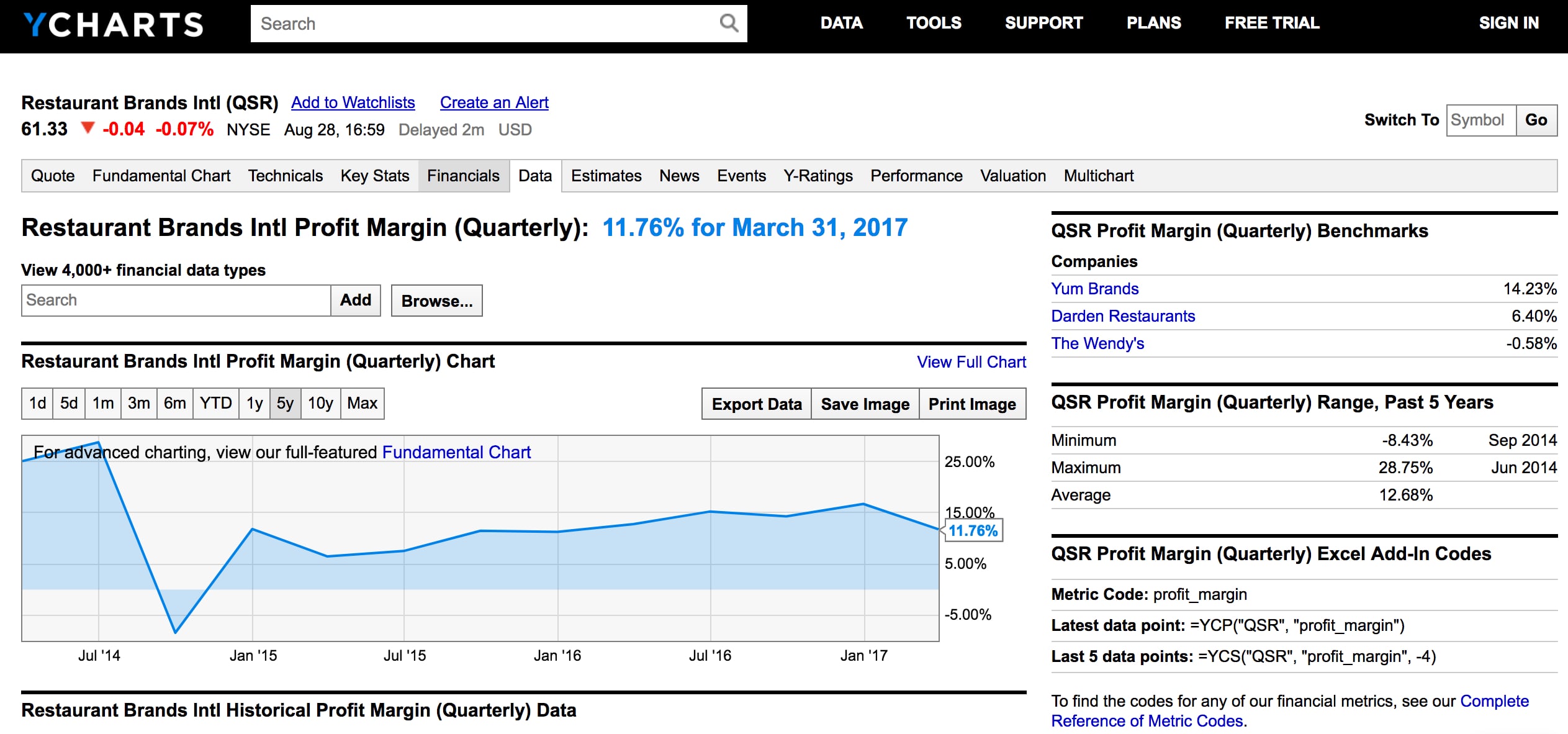
Looking at market saturation will help you determine which industries are likely to offer the largest pool of potential leads.
The benchmarks that matter to you in isolating a vertical to target will depend on the product or service you’re offering. Perhaps number of employees is a key factor more than revenue if you’re selling HR services, for example.
Once you’ve determined an industry to target, list 10 to 20 companies within it to focus on and map their infrastructure.
Generally, you’ll come across three different organization sizes.
- Small
This company tends to have anywhere between 1-10 employees.
The decision maker is likely to be a single individual (for example – CEO).
- Mid size
A medium sized company has anywhere between 50-200 employees.
In this type of organization, there are likely to be layers of management.
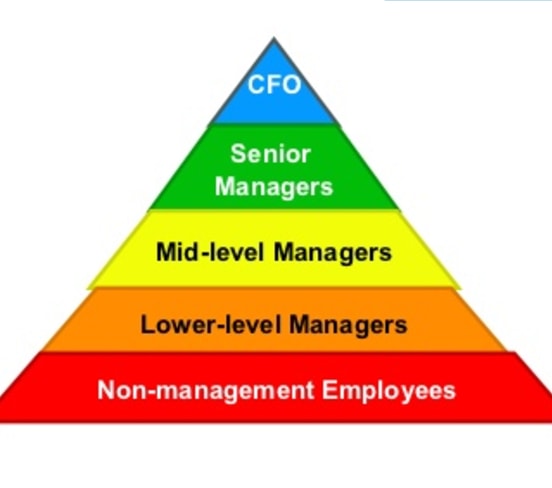
At the very top, you’ll have the C-level executives to whom middle management reports. Below them are the supervisory managers who carry out the day-to-day work of the company.
The upper two rungs are typically disconnected from the “on-the-ground” reality.
It’s the supervisory level managers who understand where the company is bleeding money and which gaps need to be plugged.
- Enterprise
The ‘enterprise’ company is large and employs 200+ employees.
As a large company, its location may not be limited geographically. Instead, you might find offices all around the world.
Decisions here are made through a complex maze.
A single decision may pass through 15-20 individuals before being finalized. Furthermore, the sign-off may happen thousands of miles away from where it’ll have any impact.
Step 3: Identify The Company’s Influencers & their Pain Points
Once you’ve mapped several companies, take note of which category most of them fall under.
Are they mostly small businesses? Mid-sized? Or enterprise level?
Based on this information, start applying the buyer’s journey on the management that is likely to be present within these companies.
This allows you to isolate pain points that will guide your messaging to each target.
The buyer’s journey consists of the following 3 stages:
- Awareness
- Consideration
- Decision
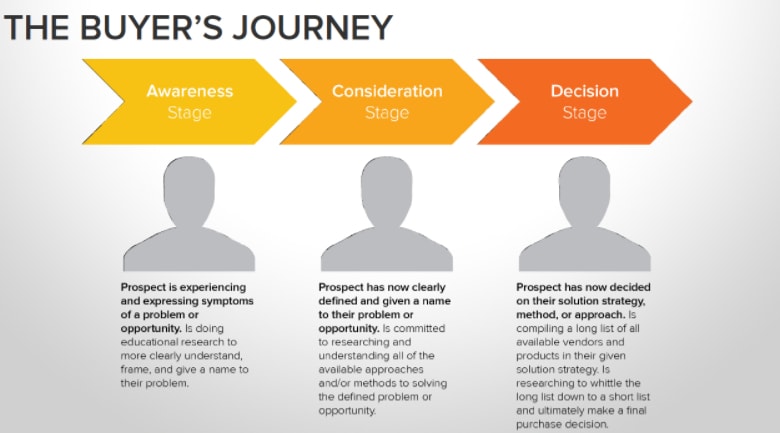
For example, let’s say your ideal company is mid-sized.
How would you position your messaging for each ‘influencer’ in the purchasing chain with the ultimate goal of making a sale?
Let’s take a look:
- Awareness stage
Awareness campaigns should target the lowest level manager standing between you and the final buyer/decision maker.
This is likely to be a millennial fresh in the job market and trying to get a leg up on his or her career.
They are on the lookout for solutions that can make a positive impact on their organization or get things done more efficiently. Profitability is not high on their priority index.
Your message at this stage should focus on pain points related to time-saving, increased productivity, or innovation and offer solutions.
- Consideration stage
Flawless execution in the first stage will lead to ‘word’ of your product or service being passed up to middle management.
Ask yourself what kind of people are in middle management?
Generally, it’s middle-aged men and women with families. They are risk-averse and happy with the status quo.
They’ll be comparing your solution to what’s already in place or your competitors.
At this stage, your content should speak to why you’re better than the rest.
- Decision stage
This is when you’re talking to the ‘top dogs.’
These are people who have been at the top of their game and proven to be valuable assets for their respective company.
It may seem their job is to sign off on proposals, but they will intensely scrutinize your solution.
For this group of people, it’s all about cost vs. benefit.
They’ll plug in numbers to determine if your product or service will increase profits.
When talking to these individuals, you should provide data-intensive content on how you’ll help them grow their business.
Step 4: Gather Background Information On Influencers
With your core audience groups defined, the next step is to learn more about them.
You can’t make assumptions on what kind of person a decision-maker is based on past experiences or what others tell you.
The safest way is to gather this information yourself.
You’ll need to investigate the following information:
- Demographic info & personality traits
- Role in the buying process
- Goals, motivations, and challenges
Demographic Info
This section consists of the ‘essential’ background information.
At the very minimum, you should know the age, gender, and income levels of the individuals you are attempting to convince.
Ideally, you should find the following information:
- Education level
- Where they live
- Style of content they consume
- What communication channels they prefer
While this step is not as important in B2B, you can’t skip it.
Role in the buying process
Remember how there can be multiple individuals involved in the decision process?
Your next task is to understand each person’s role in this process. The CEO may be finalizing transactions, but it’s unlikely they identify and research solutions to day to day challenges of front line workers.
This is most likely to be young millennials.
According to a Google study, 81% of non-C suite level employees have a say in purchase decisions.
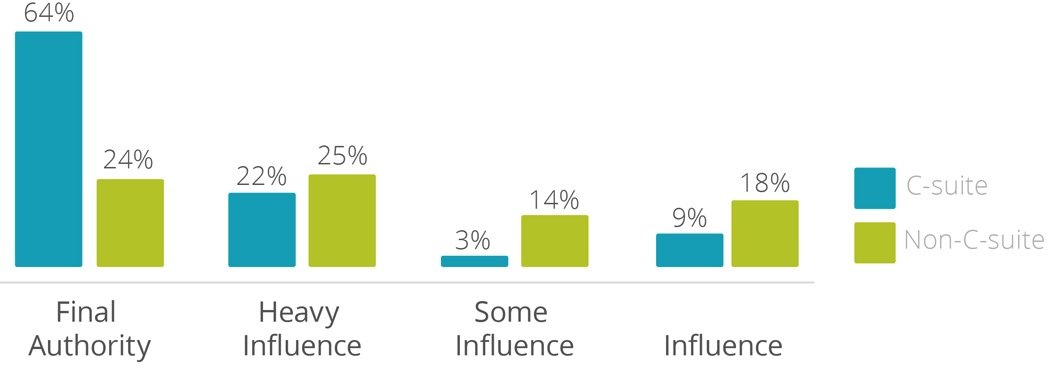
For each individual identified in this process, ask yourself the following questions:
- What are the influencer’s daily responsibilities?
- Who do they report to?
- Who reports to them?
Eventually, you will need to create a separate buyer persona for each individual.
To do this effectively, pick one persona and complete it before moving on to the next one.
Goals, Motivations, and Challenges
The people you are selling to are busy individuals.
Their days are filled with accomplishing short and long-term objectives set out for them. An effective B2B persona must take these goals into account.
You want to identify what this individual or company is trying to accomplish.
Is their goal to cut costs, become more efficient, or grow faster? Does your product help them achieve this goal faster?
This ad from Swift Capital is targeting those looking to grow their small business (based on image targeting a ground-level worker while also focusing on costs).

Understanding these problems lets you create more targeted messaging.
People are always attracted to solutions that make their life easier.
You may have the world’s best product or service, but if you can’t make it relatable to how people will actually use it, you’re marketing campaign will fail.
How to collect this information:
If you’re wondering how to gather this information, here are a few options:
- Survey customers and prospects
Short surveys are a great way to collect information without being too invasive.
Your end goal is to find a problem that your target market wants to be solved.
When creating surveys, don’t jump straight into asking about people’s problems. Instead, spend some time to build rapport and slowly transition to get the information you want.
You can create surveys in a bunch of places.
Your website and email are two great places to place surveys.
Tools like SurveyMonkey and Google Forms make it fairly easy to set them up.
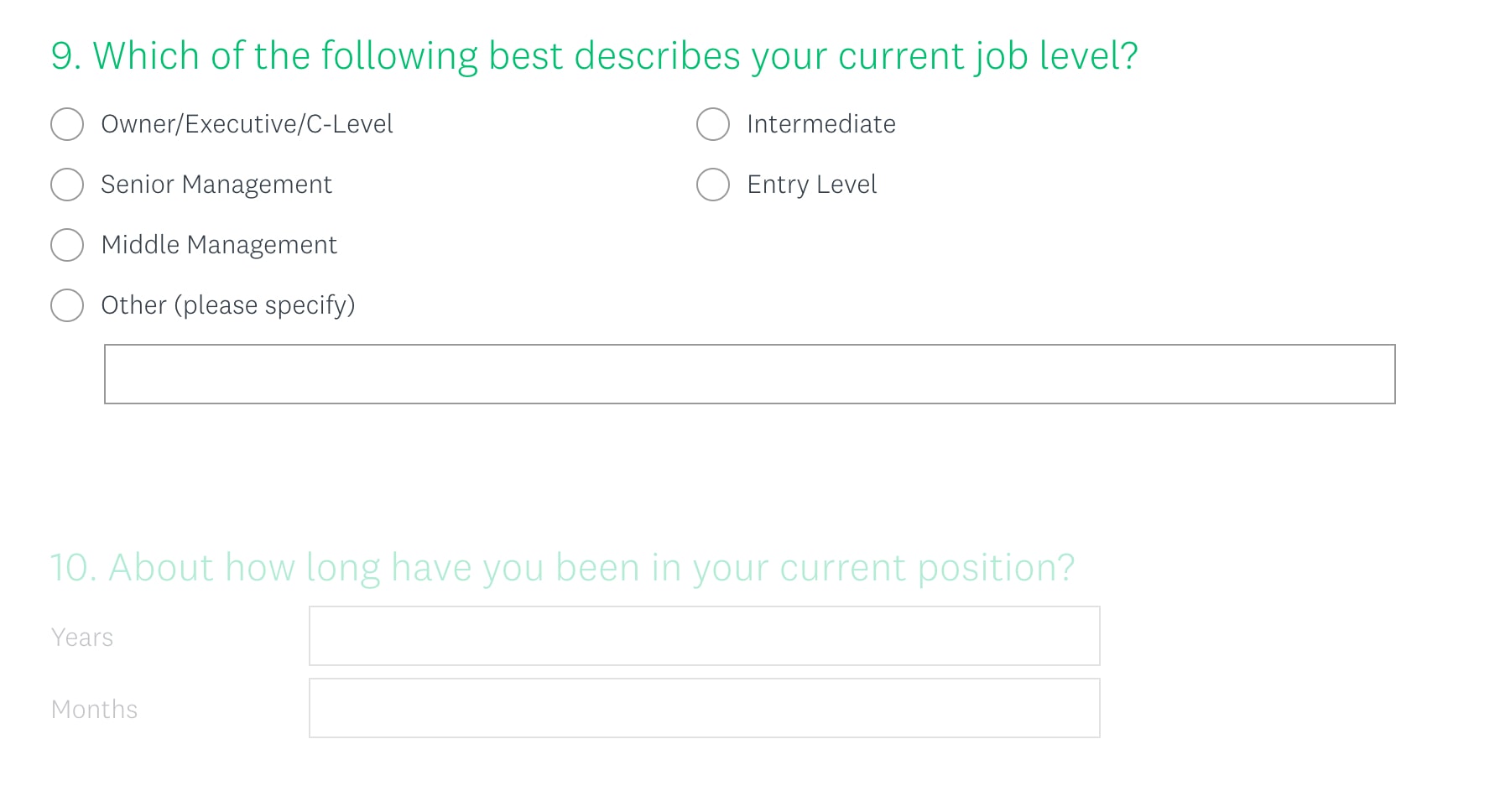
To ensure participation, consider offering a small incentive for survey completion.
- Interview customers and prospects
Interviews are more personal than surveys.
While they offer more insight than surveys, they can be hard to execute. Generally, people will be too busy (or think they are) to spend time answering questions for your benefit.
This is why if you are able to convince someone to talk, don’t mess it up.
Have a script to direct the flow of conversation and keep it handy.
Also, don’t forget to record your conversations for later use. The same rules used to run surveys apply for interviews.
Your interview shouldn’t seem like one.
Instead, make it a friendly conversation. You’ll gain the other person’s trust which leads to honest and emotionally charged insight.
A great place to find potential topics of discussion is Quora.
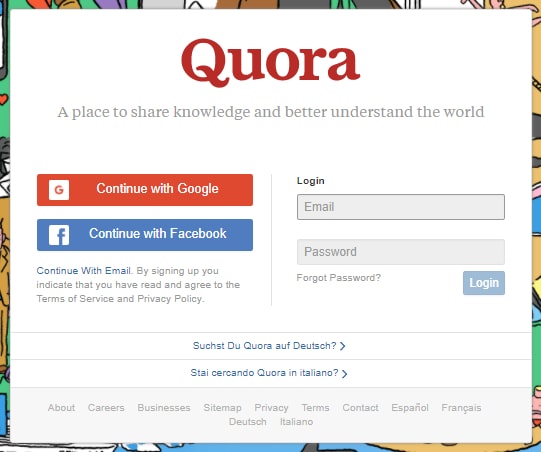
Simply type your niche in the search box to find a list of topics of interest amongst your audience.
If you are looking to sell a point of sale software, for example, you’d look for things that your software solves, such as “manage inventory” or how your customer would describe their ideal product (“best POS software”).
Look for questions surrounding your competitors, like “how do I integrate Quickbooks with ?” to identify pain points your customer has with competitors.
Make sure to mimic the language they use in your interviews: Do the people chatting on Quora refer to it as inventory management software, point of sale software, or POS?
Alternatively, consider setting up Google Alerts for specific keywords or brand mentions.

Doing so provides you with insight on potential ideas for discussion.
For example, here are a few sample questions you might come up with:
- Tell me more about your industry…
- What takes up most of your time?
- What is the biggest problem in your business or industry?
- Are you using something to solve this problem?
- Is there something that solution could do better?
- How much money would you be willing to pay for a better solution?
This type of questioning helps you understand the problems people are having in the market.
After all, people pay for solutions to their problems – not ideas.
- Talk to your sales team
Your sales team is a treasure trove of data and insight.
Most of their days are spent talking to prospects and existing customers. This exposes them to their fears, challenges, and motivations.
It’s much easier to get a hold of these people than to interview leads and prospects directly.
Arrange a meeting with your front-line sales team members and pick their brain. Talking to them helps you match your message to the ground reality.
Talk to each salesperson individually and then review which pain points were mentioned over and over. Price? Implementation? Productivity?
- Talk to your customer service team
Like your sales team, your customer service department is an invaluable resource.
Talking to them will help you understand issues and problems faced by existing customers and inquiries made by prospects.
You’ll also get insight as to why customers are leaving you for competitors.
- Look at the analytics
If you have a website that has been drawing traffic, you can find a great deal of information by investigating your Google Analytics data.
Start off by looking at which keywords bring in the most visitors to your site over a long period of time.
Organize these keywords into a list of themes or categories.
You can find this under the Acquisition > All traffic > Keyword section:
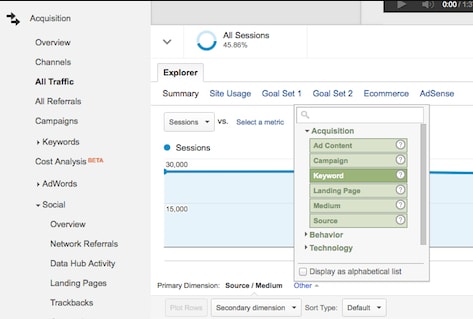
Look at this list to extrapolate the type of people searching for these terms.
If one of the main keywords driving traffic to your site is “cheapest,” you’re prime target should be middle management in the consideration phase of their solution hunt.
If one of the main keywords driving traffic to your site is “fastest” or “integrate with…” you may be better off targeting supervisory management in the awareness phase.
Step 5: Develop Personas
The final step is to organize all of this awesome information into buyer personas.
What is a buyer persona exactly?
According to a 2002 definition, a buyer persona is a “research-based representation of who buyers are, what they are trying to accomplish, what goals drive their behavior, how they think, how they buy, and why they make buying decisions.”
In 2017, you’ll probably want to add in where customers buy from and when they decide to buy.
When fully completed, your buyer persona may look something like this:

These personas are meant to help you gain a deeper understanding of who your buyers are, their temperament, and how they behave.
This helps you make informed decisions on how to set up your marketing and sales strategies.
To create a persona, start off by creating a template that accommodates all the points of information you’ve collected.
Or save yourself a bunch of time and give us your email and we’ll send you the template.
A comprehensive template makes it easier to fit in all the data you’ve collected and stay consistent.
A basic template can be separated into the following sections:
- Persona name & image
- Job or role
- Objectives
- Challenges
- Fears
It may seem silly to make up a name and include a photo of an imaginary person, but these details help you to create a more relatable target for your marketing message.
Including non-work interests give you the opportunity to expand your field of potential points of interest that cross over with you or your brand.
Step 6: Locate Where Influencers Hang Out
With your persona complete, now it’s time to find these individuals online.
You need content that resonates with influencers where they are most likely to pay attention.
For example, let’s say you want to target purchasing managers for a clothing line.
These individuals are at the bottom of ‘influence’ food-chain. Like anyone else at this level, they want to impress their higher-ups.
To find “the next big thing’ they could be reading trade magazines, blogs, or attending events. But how do you find what they read and where they go?
LinkedIn and Facebook are great places to start.
For example, let’s continue with the purchasing manager example.
On LinkedIn, head to the search field and type in the job title of individuals you’d like to find.
Filter the results based on your location and industry of your choosing like shown below.
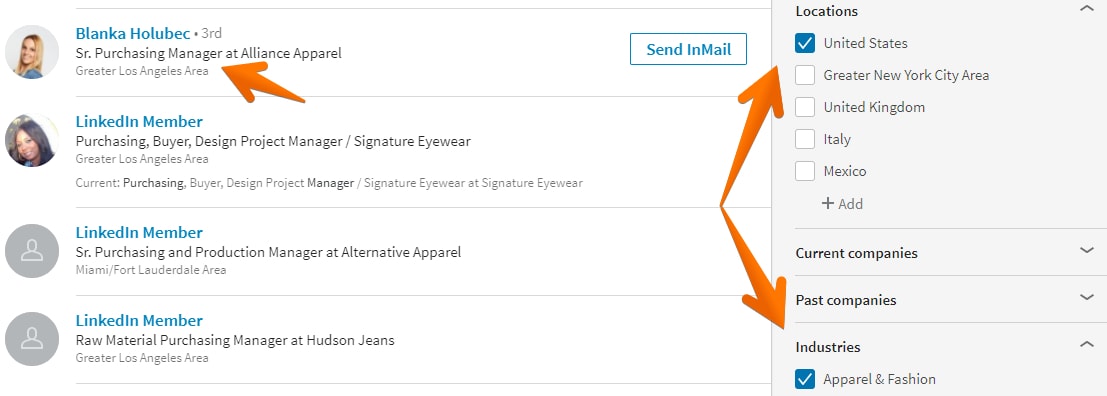
Once you have a few names, click-through to their profiles to see what groups they are members of and compile a list of the other pages or accounts they follow (in case of Instagram, Facebook, and Twitter).
Scroll down their profile until you hit the interests section.
Click on ‘Groups’ to find a list of organizations that individual engages with. Research their affiliated trade shows.
If you prefer an offline channel to your target audience, network at industry trade events or association meetings.
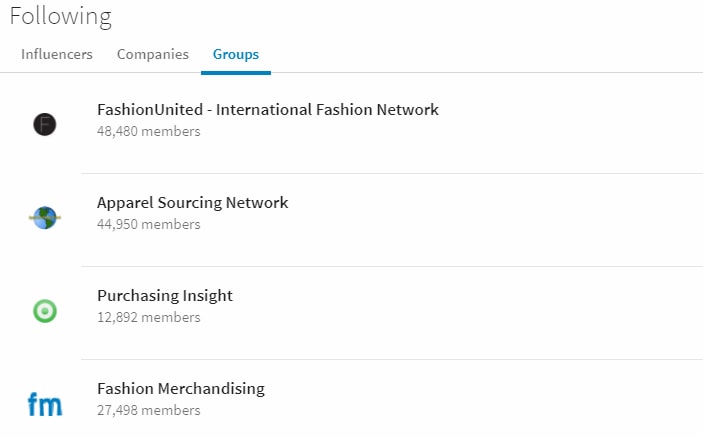
You can automate this process with the help of LinkedIn scrapers.
LinkedIn is no longer able to block scrapers on its site, so a number of data scrapers will quickly compile the useful data for you.
Here are a few worth checking out:
If you want to go above and beyond, consider adding social media to the mix.
Use native analytics such as Facebook Insights and Twitter’s Followers Dashboard to discover related pages and accounts of the people on your LinkedIn follow list.
Followerwonk by Moz is also a great tool.
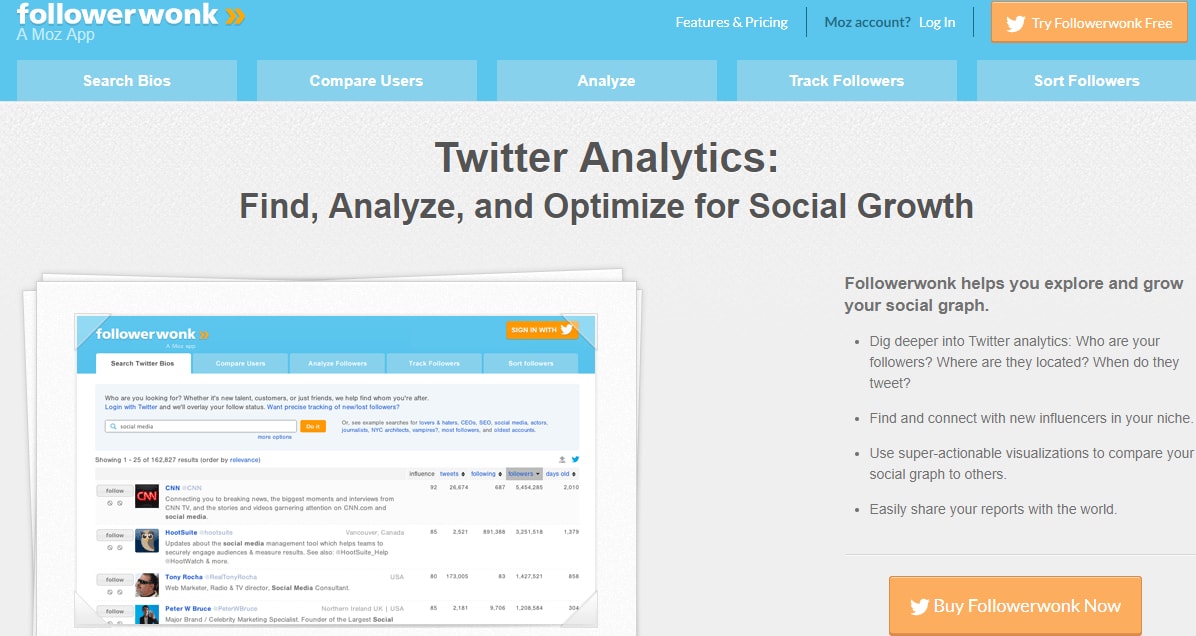
With it, you can connect with influencers in your niche and uncover information such as who your followers are, where they are located, and when they tweet.
You’ll have a list of where to find your target audience in no time.
Conclusion
Attempting to market blindly with little insight is a fool’s game.
A thorough audience analysis is the foundation for marketing success.
By understanding who your buyers are, what they want to achieve, and where you can find them, you’ll have a better sense of how to market to them.
This translates into more sales and faster growth for your business.
